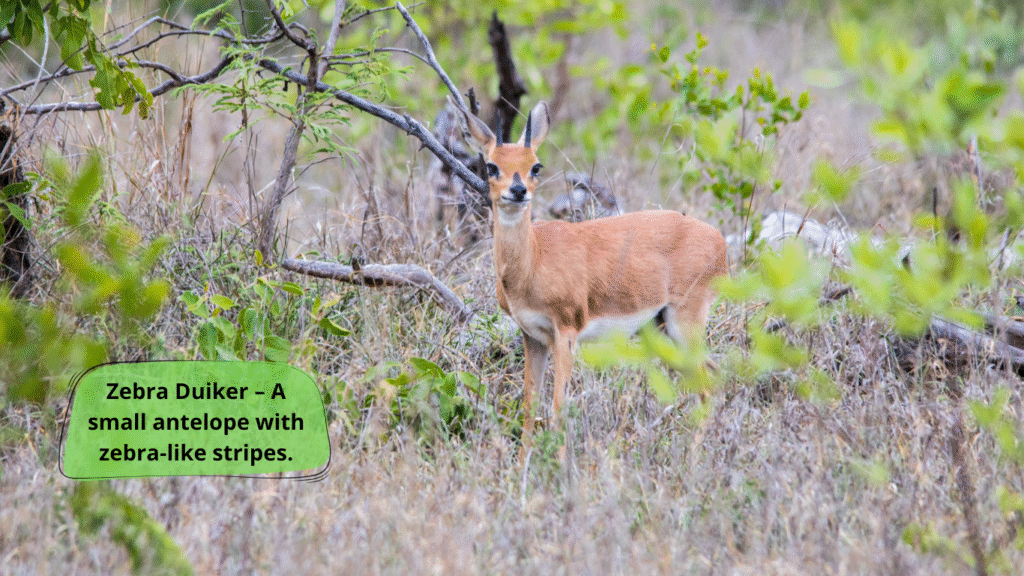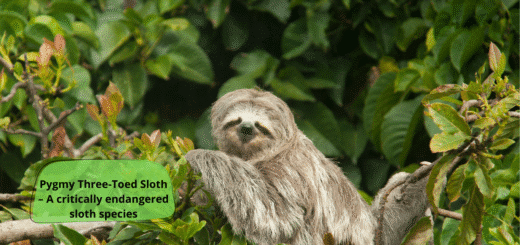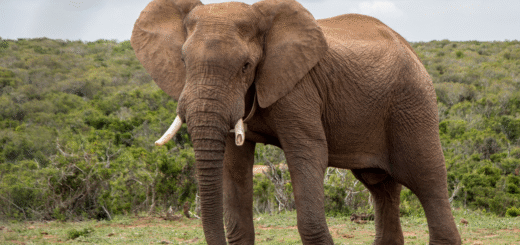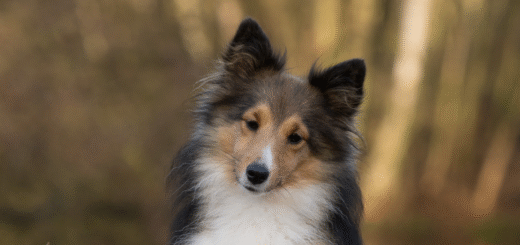Zebra Duiker: The Striped Wonder of the African Rainforest
Tucked away in the dense rainforests of West Africa lives one of the most visually captivating and elusive antelope species: the Zebra Duiker (Cephalophus zebra). With its distinctive tiger-like stripes and compact body, this small forest-dweller has earned the nickname “the striped duiker.” Endangered and rarely seen in the wild, the Zebra Duiker is a hidden gem of the African ecosystem.

What Is a Zebra Duiker?
The Zebra Duiker is a species of small antelope native to Liberia, with smaller populations found in Ivory Coast, Sierra Leone, and Guinea. Unlike the more common plains-dwelling antelope, Zebra Duikers are forest specialists, adapted to life in lowland tropical rainforests.
Key Features:
- Scientific name: Cephalophus zebra
- Size: About 90 cm (35 inches) long, 45 cm (18 inches) tall
- Weight: 15–20 kg (33–44 lbs)
- Coloration: Golden-brown coat with bold black stripes along its back, resembling a zebra
- Lifespan: Up to 10–12 years in captivity
Habitat and Behavior
Zebra Duikers are highly reclusive, preferring thick underbrush and shady forest interiors where they can forage safely. They are diurnal (active during the day) and solitary, although mating pairs or mothers with young may be seen together.
Diet:
They are herbivorous, feeding primarily on:
- Fallen fruits
- Leaves
- Seeds
- Fungi
Interestingly, Zebra Duikers have strong skulls that allow them to crack open hard fruits, a behavior rarely seen in other antelope species.
Reproduction and Lifespan
Female Zebra Duikers typically give birth to a single offspring after a gestation period of about 6–7 months. The young are well-camouflaged and remain hidden in dense foliage during their early life to avoid predators.
Conservation Status
According to the IUCN Red List, the Zebra Duiker is classified as Endangered. The species faces several serious threats:
- Habitat destruction due to logging and agriculture
- Hunting for bushmeat, a major issue in many parts of West Africa
- Low reproductive rate, making population recovery difficult
Conservation efforts are underway, including protected areas in Liberia and captive breeding programs, but the species remains at risk.
Why the Zebra Duiker Matters
As a seed disperser and part of the forest food web, the Zebra Duiker plays an important ecological role. Its survival supports the health and biodiversity of West African rainforests. Furthermore, it serves as an indicator species — its declining numbers reflect the broader environmental threats facing the region.
Final Thoughts
The Zebra Duiker is a rare example of nature’s artistry — blending functionality with beauty. Its striped coat not only dazzles the eye but also offers camouflage in the dappled light of the forest. As threats to its habitat continue to grow, spreading awareness and supporting conservation efforts is essential to ensure this unique species remains part of our planet’s rich biodiversity.








